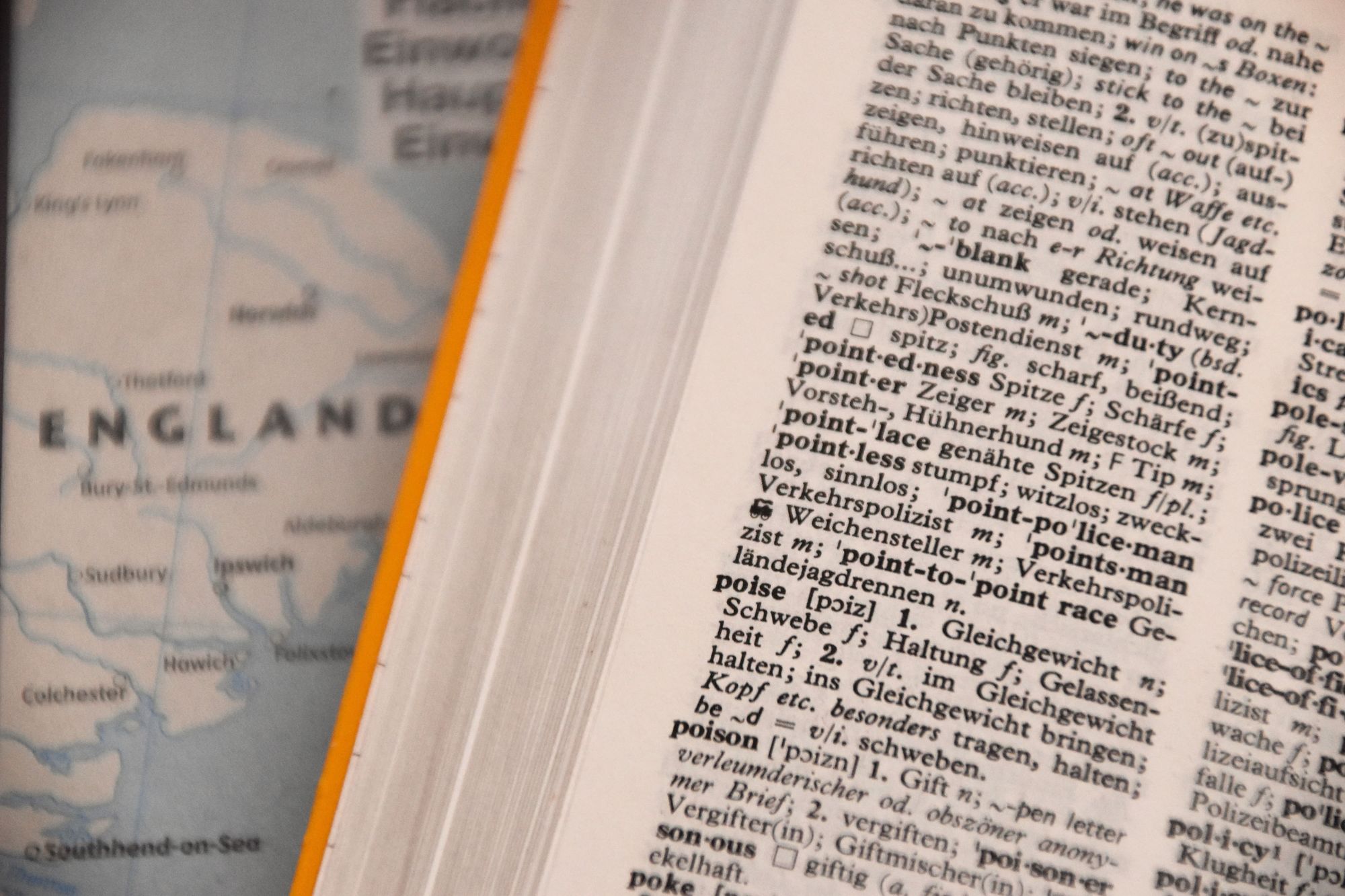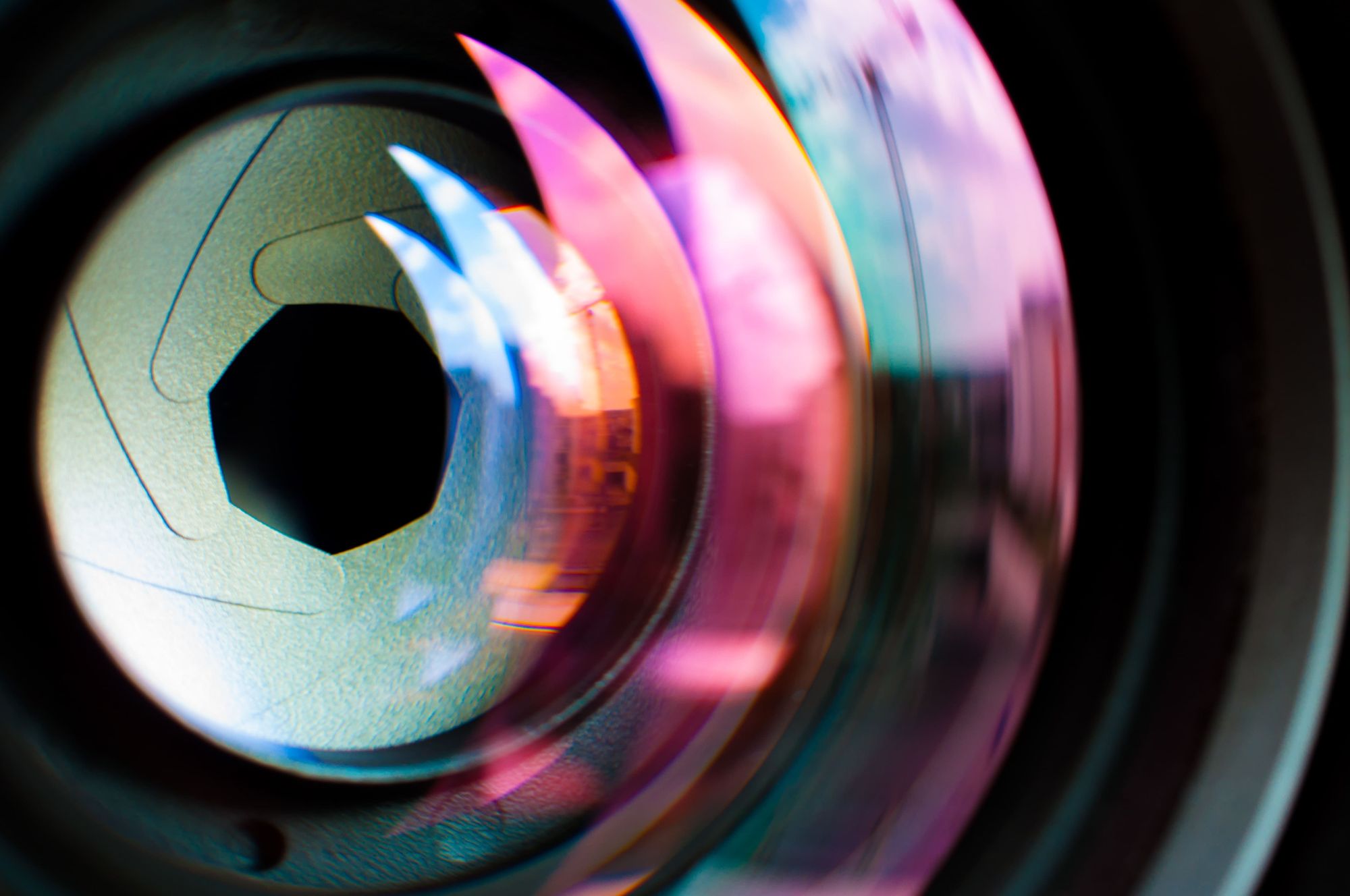Filmmaker's Guide to Frame Rate – Ultimate Handbook
Hire film gear from local filmmakers.

Hire film gear from local filmmakers.
A decision often made hastily, the frame rate your film uses makes a huge difference to the viewing experience.
What is frame rate really? What frame rate should you be using? I'll answer these questions and more in this guide.
Curious about gear? Learn more about the must-have camera equipment for beginners.
Let's get started!
Frame rate definition

While most films seem like they're playing in fluid motion, they're actually comprised of thousands of individual images or frames. These frames are played back at a rate that tricks viewers' eyes.
Frame rate is the measurement that describes how many frames appear in one second. It's often referred to as frames per second or fps.
Short history of how frame rates evolved

In the early silent film era, cameras were hand-cranked, and therefore the frame rate differed at every screening.
It's only when sound films were introduced and popularized around the late 1920s that technology evolved to the degree where movies were shown at a uniform speed. 24fps became the industry standard.
When to use different frame rates
Frame rates today still substantially impact your audience's viewing experience. Do you want to stick to realistic imaging or show your action sped up or in slow-motion?
The decision is ultimately in your hands, but here are the standard frame rates for different mediums:
24 fps: Standard movies and streaming video

As mentioned, the standard frame rate for cinema films has been 24 fps since the 1920s. At this frame rate, the footage appears natural, with a cinematic feel. Alike how human eyes see, fast motion in 24fps results in a slight motion blur.
30 fps: TV broadcasts, sports, and wildlife
30fps footage is clearer and more detailed than the standard. It shows less blur than the human is eye is used to, but it's usually not distracting.
Sports and wildlife footage is commonly played in 30fps to showcase the action clearly.
60fps: Slow-motion footage and video games
A frame rate of 60fps or above is only used for slowing down footage. It's a frequent choice for action scenes, like fistfights or bike races. Lifelike video games also use 60fps to create an immersive world.
To record video above 120 fps, you'll need a high-speed camera. Looking to explore more gear? Consider renting or subscribing to a camera.
Did you know? The human eye perceives an fps over 10-12 images already as motion rather than individual images.
The difference between shutter speed and frame rate

Shutter speed and frame rates might sound similar, but they're far from the same concept.
A camera's shutter speed measures how long it allows light to hit the sensor. A higher shutter speed means more data is recorded. Afterward, footage can be manipulated to display at different frame rates.
Generally speaking, the footage will look natural if the shutter speed is at least twice as fast as the frame rate.
How frame rate affects file size and export times

More frames recorded in your footage means more information to store and process. Therefore a high fps film will take up more space, take longer to render, and upload to streaming services.
Video editing is already an extensive process – keep this in mind when making your decision.
Closing thoughts

Now that you understand frame rates and their importance, the next stop is shooting your project!
Make an intentional choice about frame rates, learn about camera equipment or rent a camera with Wedio.
Happy filming!
Which is better 30fps or 60fps?
30fps video is used in TV broadcasts, so it's more than enough for most projects. 60fps is great for slow-motion video, but it does take up a lot more space and takes longer to edit and render.
What is a good frame rate?
Generally, shooting below 24fps or 30fps is considered a waste. Footage can still be usable, but the low frame rate will likely be distracting.
Is high frame rate better?
Different frame rates are simply used for different purposes. TV broadcasts use 30fps footage for a cinematic yet detailed image. Anything above 60fps is mainly used for slow-motion footage.





















